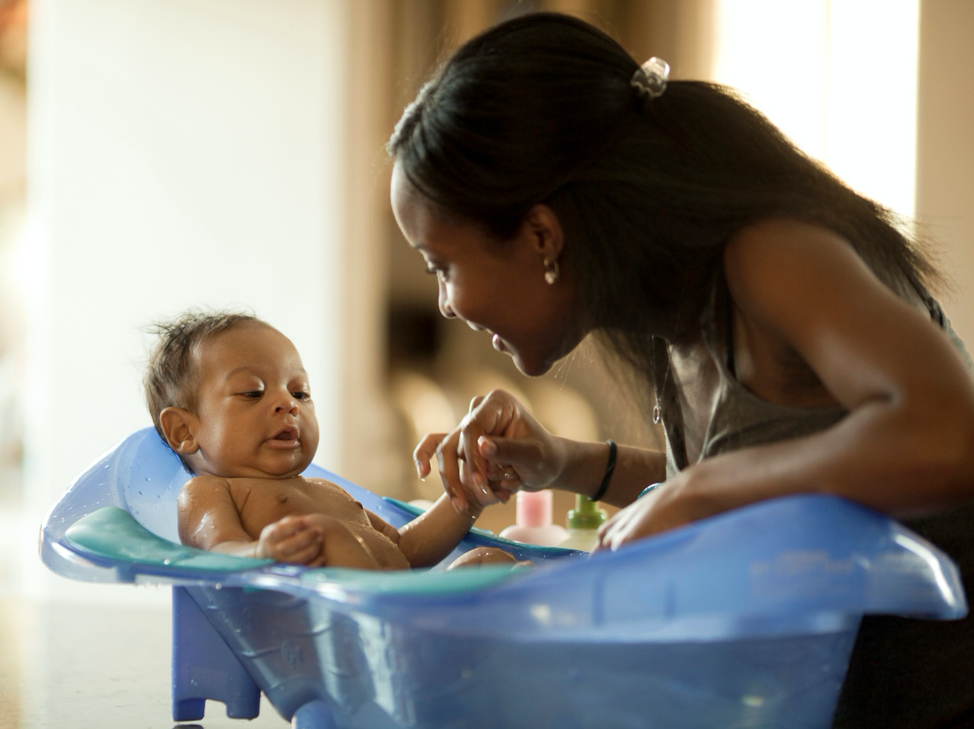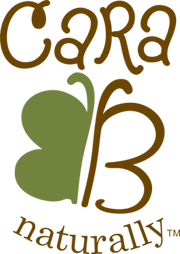
Baby’s First Bath: Here’s what you need to know.
Share
When to give baby a first bath | How to bathe a newborn

Bath time especially for a new mom can be a very daunting task, but don’t stress. Our guide below walks you through how to make your baby’s first bath—and all the ones after—very easy to do.
WHEN TO GIVE BABY A FIRST BATH.
It used to be the norm at hospitals for nurses to give newborns a bath right after birth. However, the World Health Organization (WHO) recommends waiting 24 hours for your newborn’s first bath. WHO claims this delay regulates blood sugar and body temperature, promotes bonding, improves breastfeeding success, and keeps Baby’s skin from drying out.
For newborns, a sponge bath one to three times a week should be sufficient. However, always keep in mind that you shouldn’t fully immerse your baby in water until the umbilical cord falls off. In the case of baby boys who have had a circumcision procedure, sponge baths should continue until their penis is healed. Some parents prefer to give regular baths as part of a bedtime routine, which is fine as well. Baths can help soothe babies who are fussy and be part of a healthy sleep regimen.
HOW TO BATHE A NEWBORN?
Step 1: Gather supplies. At a minimum, you’ll want a washcloth, baby shampoo and body wash (CARA B naturally shampoo body wash), dry towel, clean diaper and an outfit change at ready. Have all your supplies within arm’s reach so you don’t have to step away. (Ps: NEVER leave a baby alone in the bath, even for a second).
Step 2: Pick a place. Decide where you’ll be giving your baby that newborn bath. While not strictly necessary, baby bathtubs are convenient. They can be placed in the sink or tub, and some have a hammock-style sling that supports baby’s head. Choose a spot that’s fairly warm and where it’s comfortable for you to kneel or stand while keeping a hand on baby at all time. After you’ve rounded up your baby bath supplies and decided where you’ll be bathing your little one, continue these steps.
Step 3: Fill the tub with a few inches of warm water. Aim for about 2 to 3 inches of water, to keep baby safe. Making sure to support baby’s head at all times, gently lower your little one into the water. The bath temperature for a newborn should be between 90 to 100 degrees Fahrenheit, never hotter than 120 degrees. While most parents are worried about making the bath too hot, be sure you don’t err in the other direction, since babies get cold easily. Dipping your wrist or elbow in is a good way to gauge the temperature, but if you’re nervous about getting it right, you can use a thermometer.
Step 4: Wash baby’s face with just water before you take off any of their clothing, because some babies freak out when they're naked and cold. Dampen a cotton ball or a washcloth, and wipe the eyelids from the inside corner out. Use one cotton ball for each eye. With another damp cotton ball, clean around the nose. Always keep one hand on Baby when dipping the washcloth in the sink, and don’t soak it completely in order to minimize drips.
Step 5: Clean the ears. To clean outside of Baby’s ears, use a damp cotton swab or washcloth. Do not clean inside the ears; using a swab could puncture their eardrum.
Step 6: Wash the hair. To shampoo, support Baby's spine and hold their head back slightly. Sprinkle the head with warm water and squeeze on a drop or two of shampoo. Lather, scrub gently, and rinse with a wet washcloth. Finish by drying your little one’s head with a towel.
Step 7: Start the sponge bath. Now you can undress your baby and lay them flat. Put some CARA B naturally shampoo body wash on a soft washcloth and gently massage to form a lather. Wash their neck and scalp, then work your way down the front of their body. Make sure to clean between the folds of skin. Rinse the soap off with a second damp cloth, drying and rewrapping your baby with a towel as you go. Don't wash the umbilical stump, and try to keep it dry.
Flip Baby over onto their belly with their head turned to one side. Repeat the washing, rinsing and drying. Wash the bottom and genitals last. If you have a baby boy and your son hasn't been circumcised, don't try to push back his foreskin.
Step 8: Dry off and apply lotion. Newborns get cold quickly. Try to dry and cover with a towel the areas you just washed to keep your baby as warm as possible. Make sure you get into the creases with the towel. You may also apply lotion after the bath, especially if Baby is prone to eczema, before putting on clothes and a diaper. Our Body Lotion is clinically tested, allergen-free and eczema-friendly – perfect for newborn skin!
We hope these tips are helpful to you! If you're looking for great shampoo for your baby, we recommend our Shampoo / Body Wash. It is tear-free, certified natural, and free of parabens, sulfates, phthalates, and artificial colors, fragrances and preservatives. It is also clinically tested, allergen-free and eczema-friendly. Finally, you can use it as a body wash, so it saves you time and money during bath time without having to worry about using multiple products. You can find it here, and it's also available as part of our Bath Time Bundle, Hair Care Bundle and Head-to-Toe Bundle.




